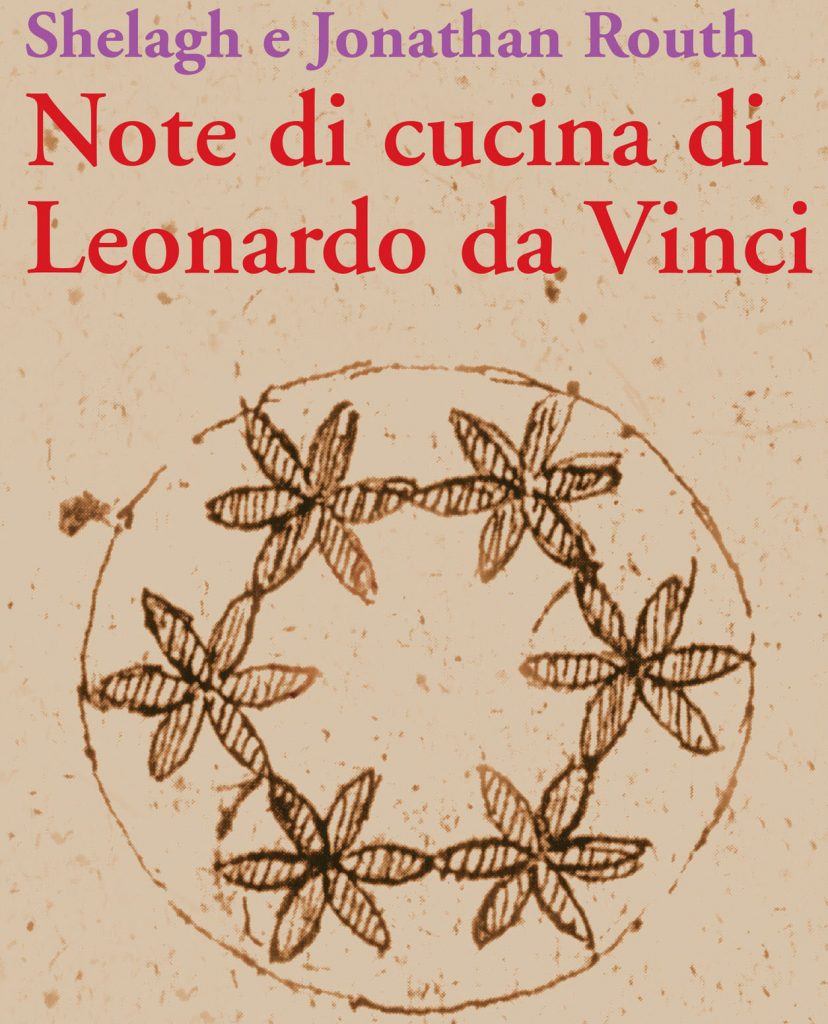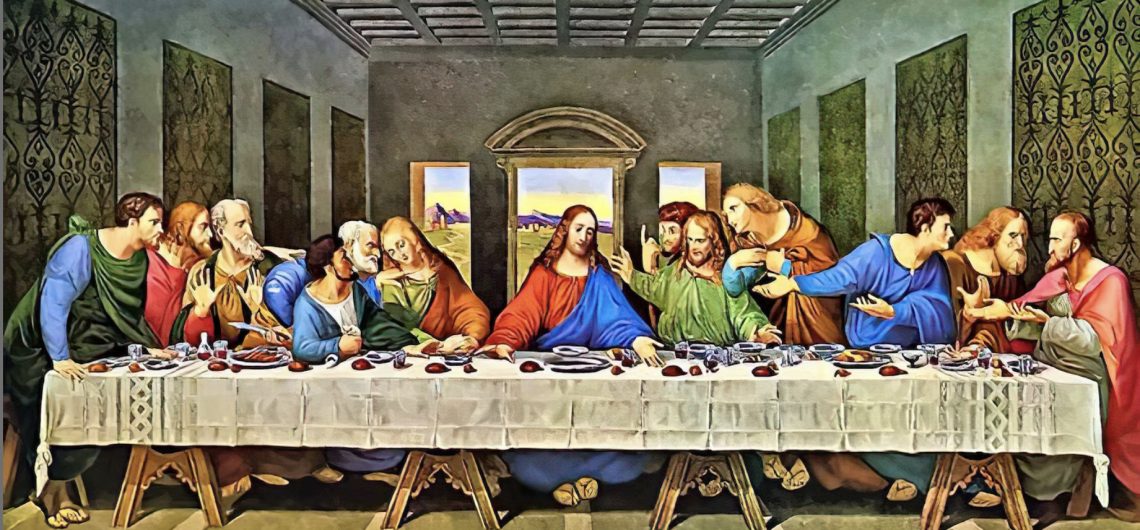When scouting for our immersive bike tours in Puglia, especially those focused on food and wine, we stumbled upon an incredible gem in the town of Lecce. Thanks to a local colleague’s recommendation, we were introduced to “Tre Rane Ristoro,” a culinary haven that captures the essence of Puglia’s popular cuisine blended with the sophistication of its Piedmontese roots.
The result is a culinary masterpiece that tickles the taste buds and exemplifies the artistry of merging diverse culinary traditions.
The Inspirational Leap: Connecting to Leonardo
While the restaurant’s name intrigued us, it was a strategically placed book that shed light on its origins and its link to Florence. As we leafed through the pages, we uncovered the intriguing story of Leonardo da Vinci and his brush with the world of osterias.
From Osteria Tales to Culinary Innovations
Leonardo da Vinci, a name synonymous with artistic brilliance, is also celebrated for his culinary curiosity. Beyond the iconic “Mona Lisa” and “Vitruvian Man,” Leonardo’s brush strokes embraced culinary canvases. His artistic flair and innovative spirit encompassed kitchen tools, flavors, and even the Last Supper. Speaking of which, this masterpiece found its home in the refectory of the Convent of Santa Maria delle Grazie in Milan. A painting that has not only witnessed centuries pass by but also the ripples of Dan Brown’s “Da Vinci Code” a phenomenon that brought curious souls to its presence, albeit with a touch of imaginative interpretation.
Leonardo da Vinci: More Than a Scientist and Artist – A food lover
Leonardo da Vinci, the renowned talent of the Renaissance, was not only a scientist, artist, and engineer, but also a passionate food lover and we can say “a pioneer of nouvelle cuisine”.
His culinary interests and innovative ideas were just as remarkable as his contributions to various fields such as architecture, anatomy, and music. Let’s delve into some of the fascinating aspects of Leonardo’s gastronomic world.
Innovative Culinary Inventions
Among the numerous inventions imagined by Leonardo in the food and wine realm, we find designs that foreshadow modern kitchen tools. His sketches in the Codex Atlanticus included the early concepts of a pepper mill, egg slicer, garlic press, and corkscrew.
Additionally, at the Medici Villa of Artimino, also known as La Ferdinanda, there was a mechanical spit roast inspired by Leonardo’s design—a spit equipped with propellers rotating with the heat of the flames. He even explored the idea of a spaghetti-making machine and a cutting-edge food warmer.
In his iconic masterpiece, “The Last Supper,” Leonardo introduced a truly original element beside the diners: the napkin!
Recipes and Ingredients
Leonardo’s kitchen was a haven for experimentation. He had a penchant for using herbs and spices like turmeric, saffron, poppy seeds, and aloe. One of his unique creations was the recipe for “acquarosa,” an alcoholic drink crafted from rose petals, sugar, and lemon. Among his favorite “simple foods” were boiled onions and broccoli, raw meat, veal liver with sage and pepper, polenta, and carrots with capers and anchovies. Leonardo had a keen appreciation for bold flavors, savoring dishes made with pheasant and wild boar, and he was not afraid to explore the juxtaposition of sweet and savory elements.
The Culinary Venture: “Le tre rane”
For a brief period, Leonardo joined forces with his friend Sandro Botticelli to manage a restaurant in the heart of Florence called “Le tre rane di Sandro e Leonardo” (The Three Frogs). Leonardo served experimental and visually stunning dishes, although they were not plentiful in portion size. In many ways, he embodied the spirit of a pioneer of nouvelle cuisine, even though the restaurant did not achieve lasting success, times were not fully ready !
Etiquette at the Table
During his stay in Milan, Leonardo also left behind a list of basic rules of etiquette at the dining table, offering insights into the social norms of his time. Some of these rules included refraining from putting feet on the table, sitting too close to other diners, or leaning back on the table. He emphasized seeking permission before taking food from others and avoiding improper behaviors like scratching the table with a knife or hiding food in bags or boots.
While some rules might seem obvious today, others served as peculiar reminders of courtesy and decorum at the table during the Renaissance era.
Conclusion: A Fusion of Past, Palate, and Pedals
If this story has ignited your curiosity or if a journey to Puglia is already on your horizon, don’t miss the opportunity to dive into a culinary adventure at “Tre Rane Ristoro” However, do keep in mind that this experience is limited to a few fortunate souls, so a reservation is a must. While in Lecce, the culinary tapestry stretches wide, offering a multitude of delightful options. Among our favorites, the “Osteria degli Spiriti” beckons with its traditional charm, while “63 Osteria Contemporanea” promises an innovative twist on Italian classics.
By the way here a self guided bike tour ending in Lecce: Puglia Epic
As you plan your upcoming escapade, whether on two wheels or with a fork in hand, remember that Puglia is a realm where the past whispers through the cobblestones and the flavors speak of generations. It’s an enchanting invitation to explore, savor, and create your own chapter in the rich tapestry of this stunning region.
So, if your heart yearns for a journey that fuses the allure of art, the thrill of cycling, and the delights of the table, let the story of Leonardo da Vinci guide you to a rendezvous with history, cuisine, and adventure. And as the saying goes, “Buon viaggio e buon appetito!”
Giuliana Mulas
Auguts 25, 2023


